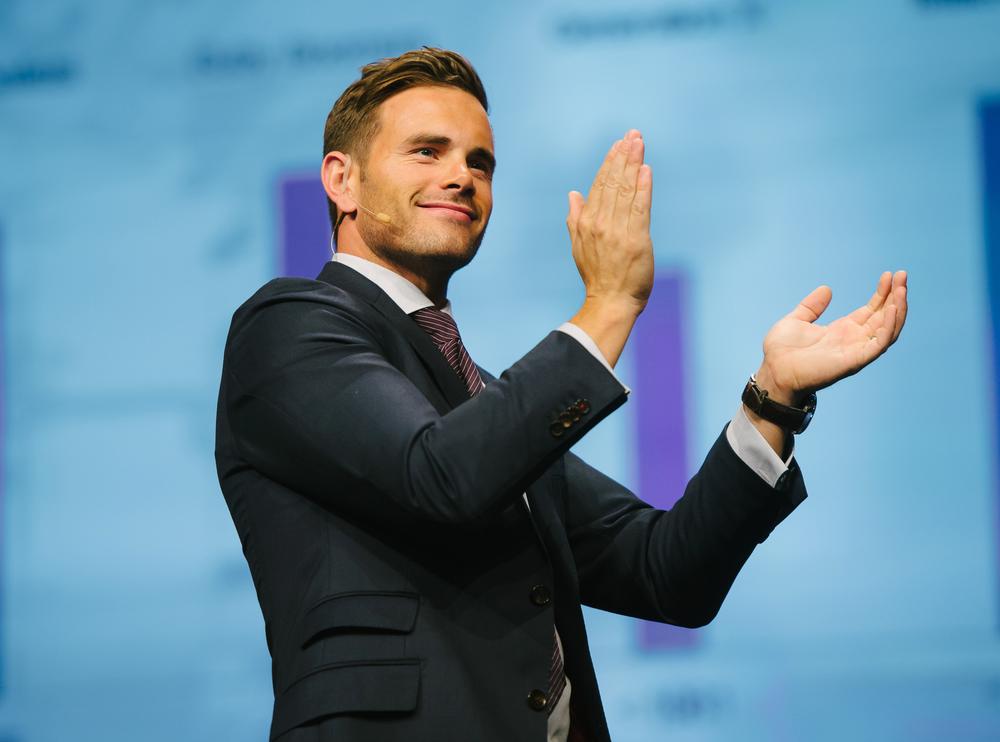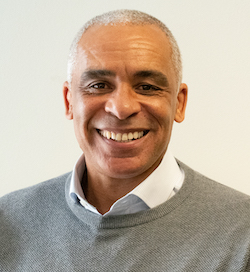Seth Mattison has his finger on the pulse of today’s changing workplace. An internationally renowned expert on workforce trends and generational dynamics, he combines insights from his personal experience in the field with cutting-edge research to develop fresh perspectives on leadership.
As the founder and chief movement officer of FutureSight Labs, Inc., based in West Hollywood, California, Mattison counsels many of the world’s leading brands on the key shifts now occurring with respect to leadership, talent management and change and innovation. IHRSA sat down with him for a pre-convention interview.
Can you tell us about your keynote presentation at IHRSA 2017?
My presentation is entitled ‘Relationship revolution: Building better connections in the digital age’. Success in life and work is based on our ability to form authentic and meaningful relationships. Technology is helping us to become more connected – yet, simultaneously, disconnected. Navigating this dichotomy successfully requires us to be very intentional about how we utilise these tools without losing the magic and beauty of connecting in the flesh.
It’s the perfect time to discuss this, since we’re all thinking about how to drive connection, collaboration and innovation inside our organisations. We’re also rethinking how to build bonds with our customers who, today, have different expectations about that relationship.
What inspired you, personally, to focus on workplace trends?
I grew up on a fourth-generation farm and witnessed, first hand, the dynamics of a family business, and how three different generations of leaders approached work and life. As a curious person, I began to study why different generations think and behave the way they do.
That interest led me to a boutique management consulting firm in Minnesota that specialised in leadership development, executive alignment and changing cultures. While there, I enjoyed collecting stories and case studies from clients in the field about what was working and what wasn’t. The more I heard, the more I was able to share different perspectives with others. Helping someone view their company, their community and their relationships differently and, subsequently, make positive changes, was incredibly fulfilling and became my passion.
What other influences have shaped your career path?
When I witnessed our clients struggling to deal with generational shifts in their organisations, I decided to deepen my knowledge and expertise in that area. I partnered with two bestselling authors in the generational space, David Stillman and Lynne Lancaster, and supported them as they wrote their second book, The M-Factor: How the Millennial Generation Is Rocking the Workplace, which was published in 2009.
After a few years, I launched FutureSights Labs. I’ve essentially been studying, speaking and consulting on workforce trends and generational dynamics for a decade now.
What do you think we’ve both gained and lost due to the changes in technology?
On the upside, we’re more connected than ever via mobile and digital technologies. On the downside, our digitally-empowered world has given rise to what psychologists call the online “disinhibition effect.” Factors like anonymity, invisibility, a lack of authority and the fact that we’re not communicating in real time strip away the mores that society has spent millennia developing.
How, specifically, is technology changing the workplace?
It’s expanding the amount of information available. The democratisation of information throughout organisations is going to prompt societies to re-examine the hierarchy, and the distribution, of power.
Social media platforms also present new realities. It will be critical to use them to increase communication and develop healthier relationships, and to ensure they don’t distort reality and damage human connections. Ideally, these platforms will be used to empower and to solve social issues.
How is the culture of health and fitness clubs likely to change now that the younger generation is taking over?
Because the line between work and life has blurred, younger generations will try to achieve a greater balance, and flexibility will be key.
Leaders will be more likely to have an open-door policy, encouraging employees to drop by and discuss their concerns, and they’ll wander around the club to find out how things are going.
Engagement research also shows that millennials crave opportunities to collaborate with their peers, so millennial leadership will look for ways in which to support this.
Finally, businesses will give back to their communities, support non-profits and become more involved, because millennials have a strong interest in corporate responsibility.
What else can leaders do to thrive in this new world of rapidly morphing relationships?
We see three “mind shifts” that leaders are going to have to make: the growth mindset, the humble mindset and the abundant mindset. With the growth mindset, you push yourself to learn new things, and understand that failure presents an opportunity to grow.
With the humble mindset, you’re willing to say, “I don’t know,” admit when you screw up, and ask others how they would have done things differently.
With the abundant mindset, you assume that, instead of scarcity and hoarding, there’ll always be enough time, budget, resources, ideas and support to go around.
Bottom-line, the question we need to be asking is: ‘how can we make the workplace more humane?’
The answer – by adopting the growth, humble and abundant mindsets, and managing in a more collaborative way. If we do that, we’ll radically alter the culture of our organisations.




















































